Innovation.
Powering the North Projects
Colville Lake: Solar Power North of the Arctic
Diversifying a remote community’s energy mix with renewables.
Project Overview
In 2016, NTPC and the GNWT replaced an aging diesel plant with a hybrid diesel/solar/battery energy storage system, an innovative project that attracted international attention. Click here to see a video about it.
Why It Matters
Colville Lake is a small community of under 200 people, located north of the Arctic Circle, that is served by a winter road that is open only a few weeks each year. The solar arrays provide greater power reliability and lower greenhouse gas (GHG) emissions by reducing reliance on diesel generation. In 2017, for instance, it offset approximately 25,000 litres of fuel with solar, reducing GHG emissions by over 68 tonnes. The battery energy storage system (BESS) has significantly reduced the number of power outages in the community.
Inuvik Wind Project: Northern Wind, Local Power
A first-of-its-kind renewable energy project specifically designed to withstand Arctic conditions.
Project Overview
NTPC worked closely with the Town of Inuvik, Indigenous governments, and the Government of NWT to bring the large Inuvik wind project to life. With state-of-the-art engineering and deep community collaboration, the project includes:
A 3.5 MW wind turbine, built to operate year-round in harsh conditions
A battery energy storage system to balance supply and demand
Upgraded local infrastructure to integrate clean power into the grid
Partnerships with Indigenous governments and local contractors
Why It Matters
Inuvik has historically relied on diesel for its power, an expensive, carbon-intensive fuel that must be trucked or flown in. The wind turbine changes that increased local resilience with a more stable, diversified energy mix.
Approximately 20% of Inuvik’s power in 2024-25 came from clean wind energy; this percentage is expected to rise as more operational experience is gained to maximize wind generation.
It also avoided millions of litres of diesel annually, significantly cutting greenhouse gas (GHG) emissions. The turbine is integrated with the local grid through a battery energy storage system and a microgrid controller, enabling the connection of additional renewables and further reducing fossil fuel consumption.


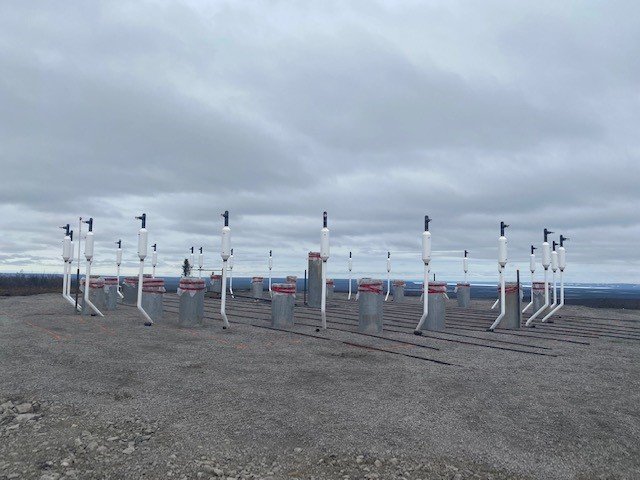


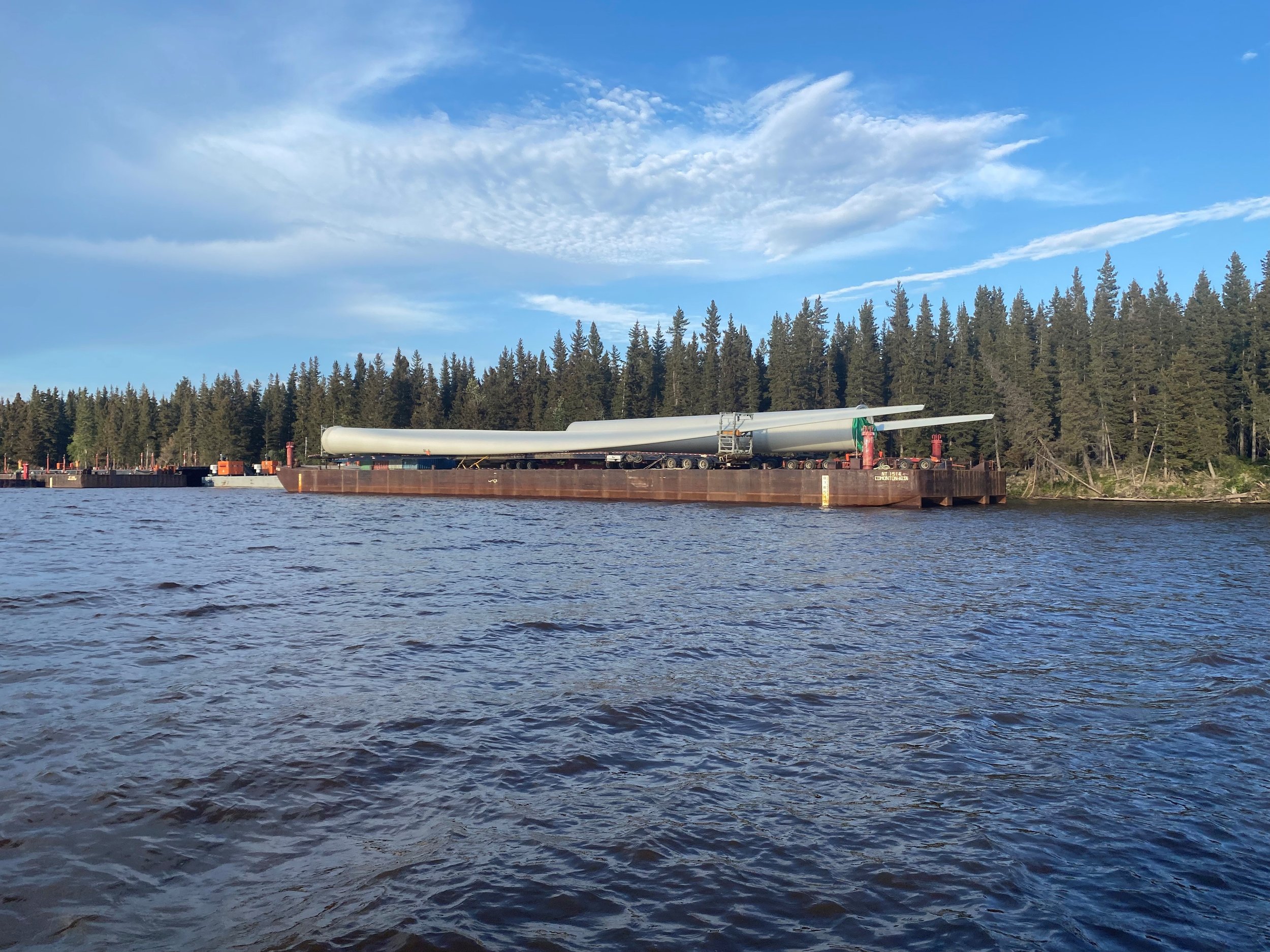
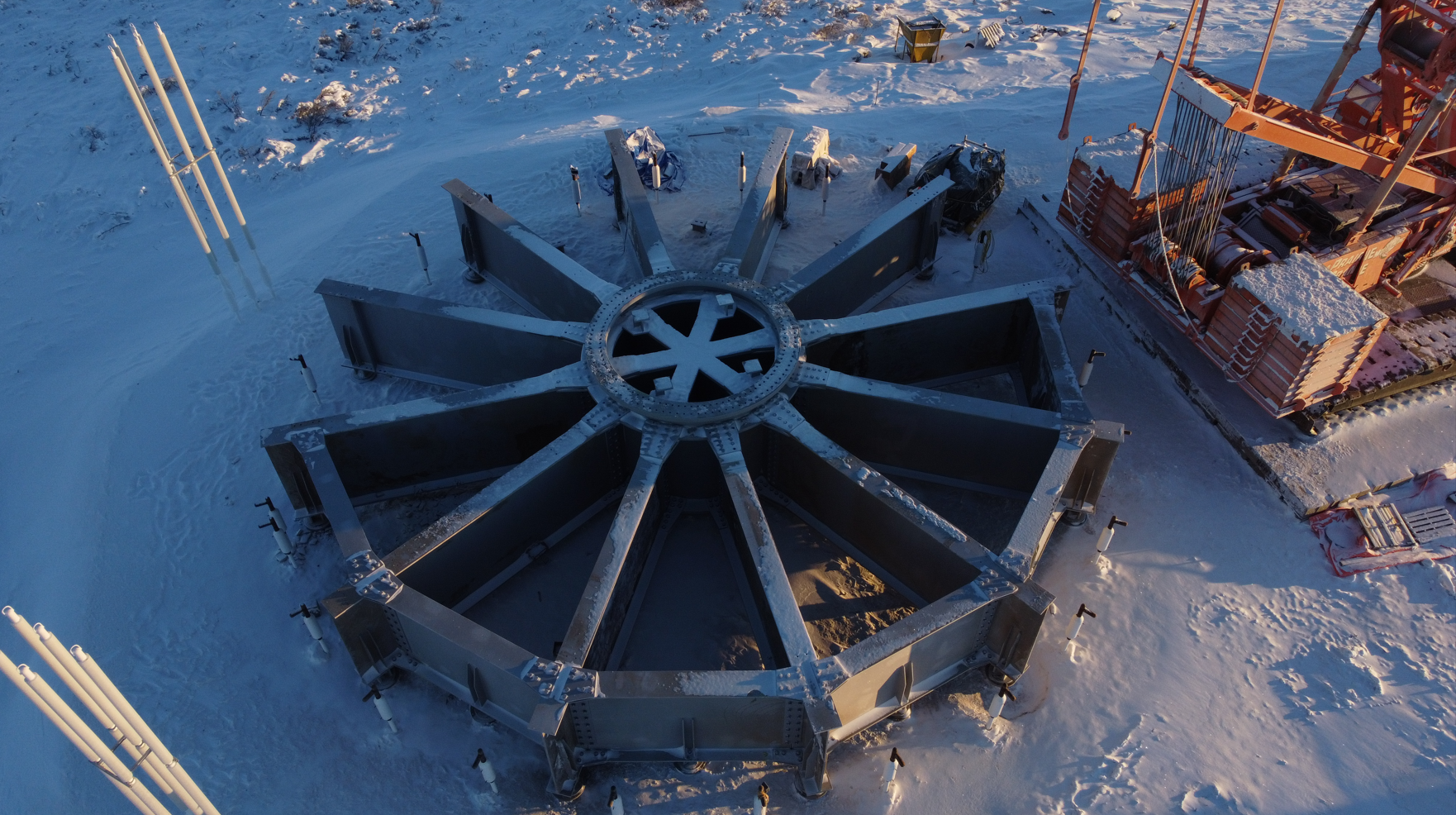

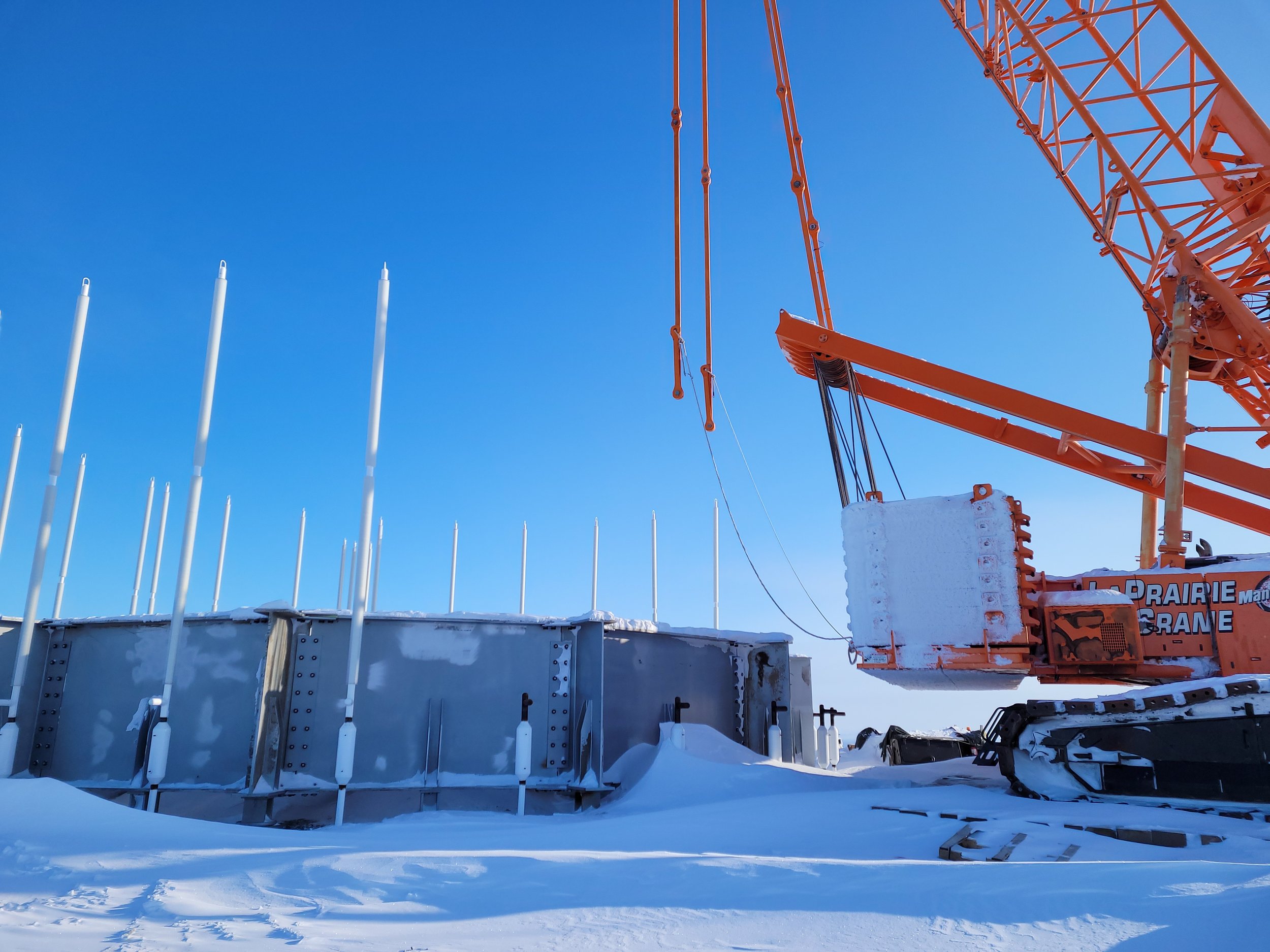




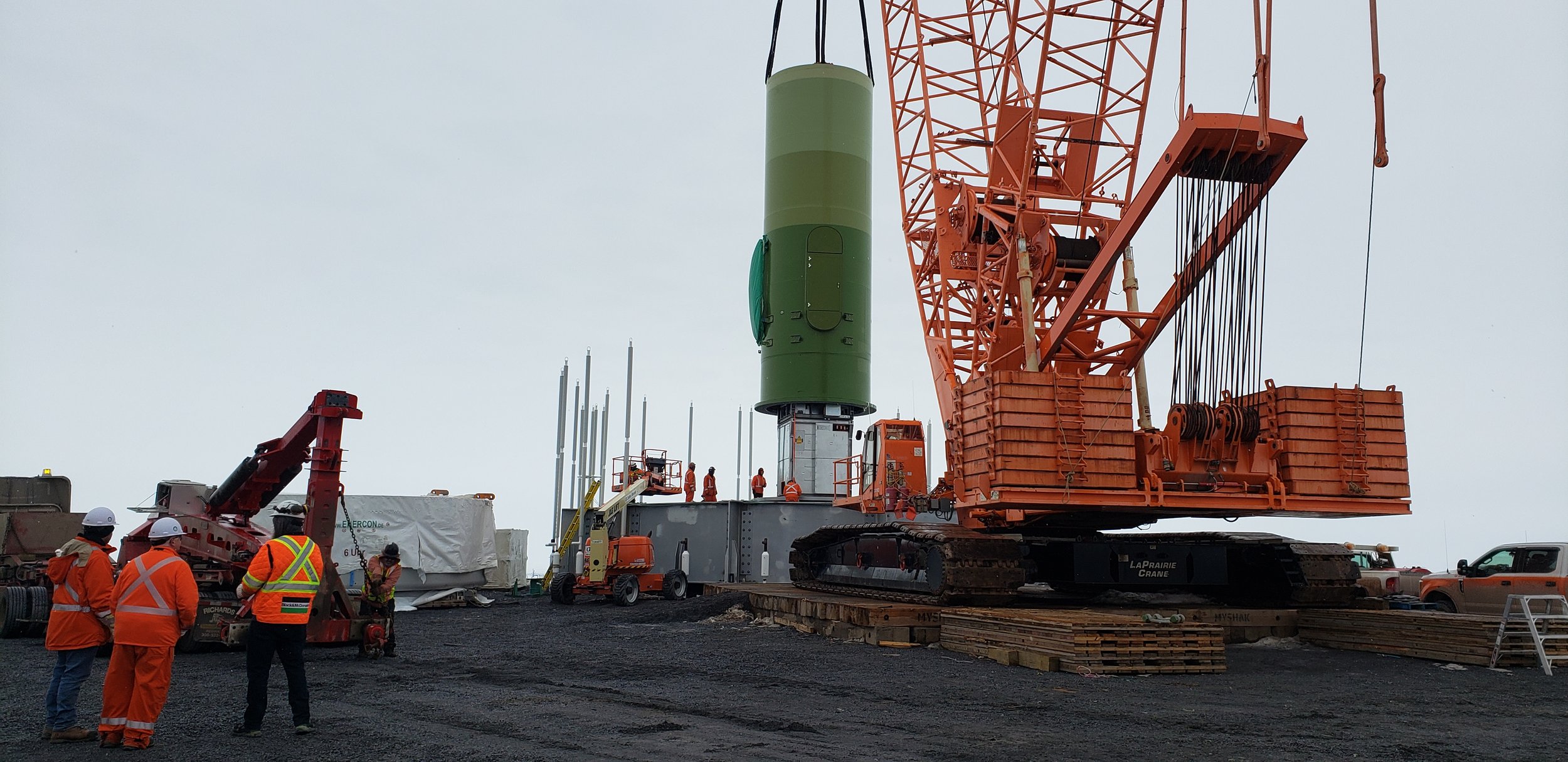



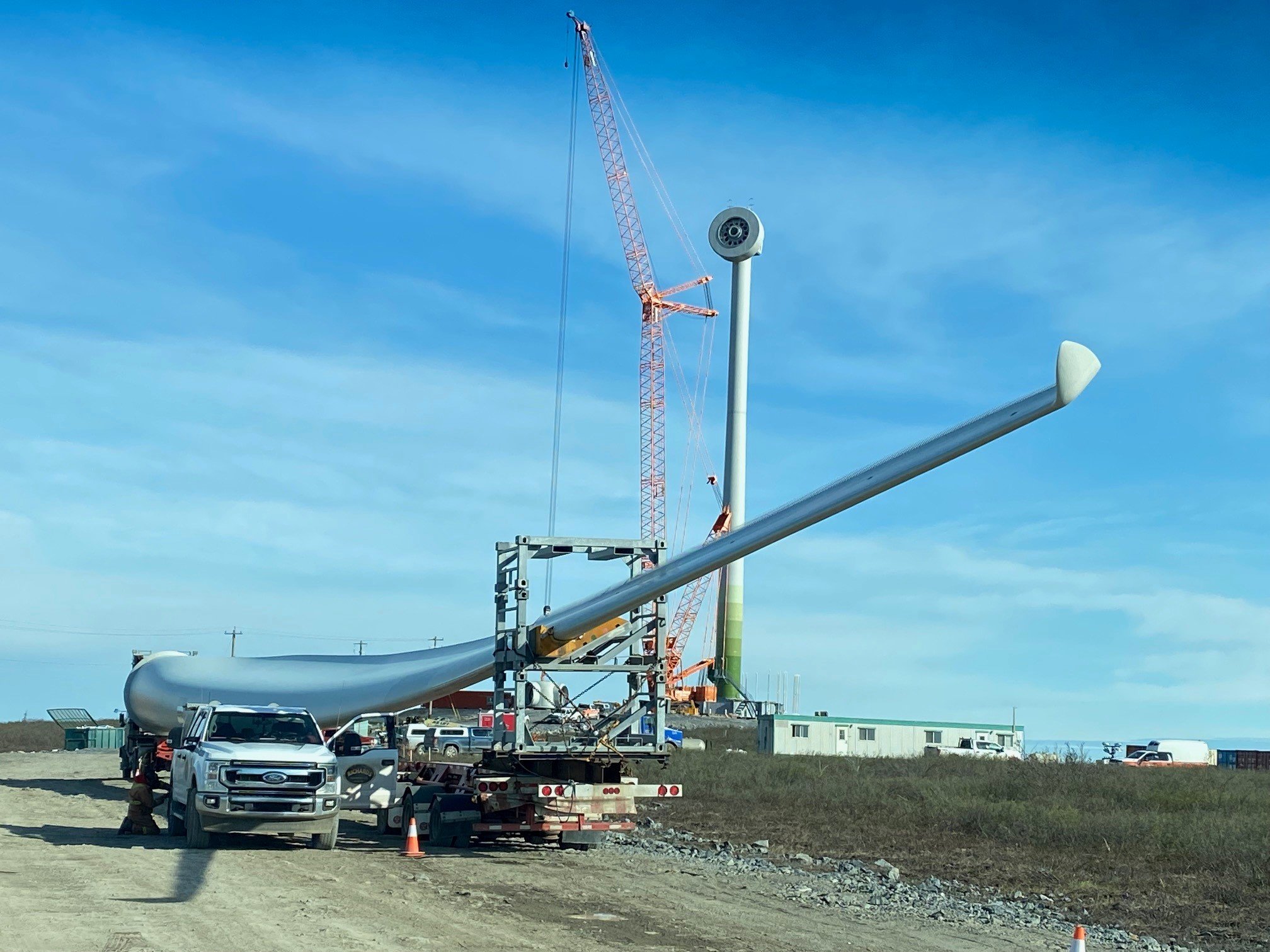
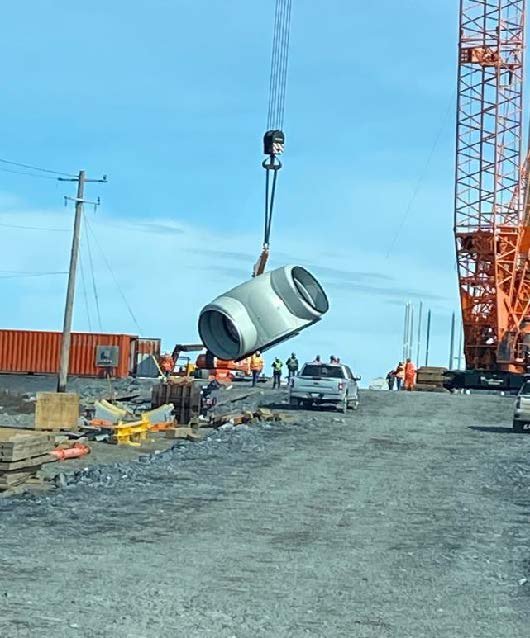




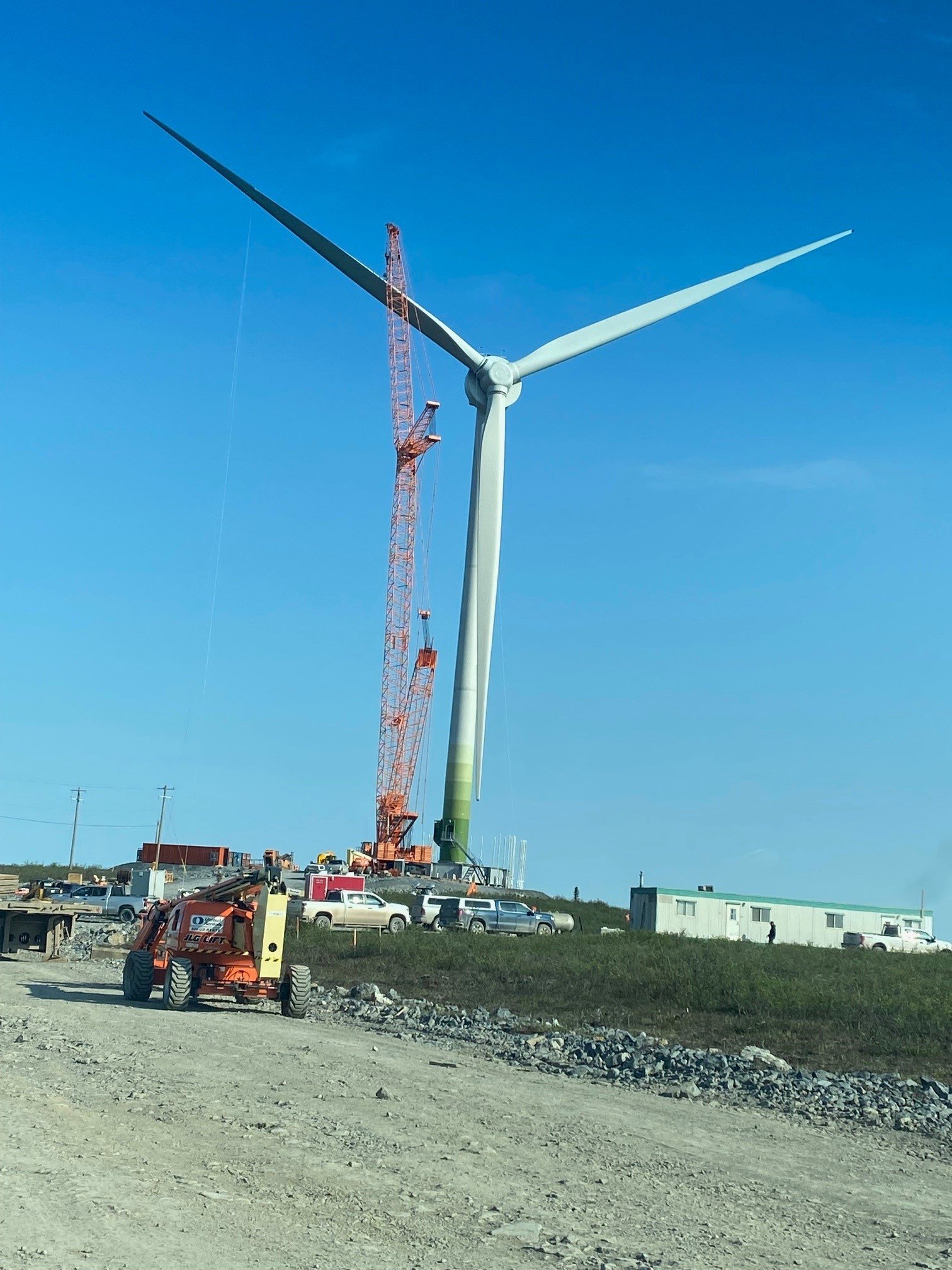
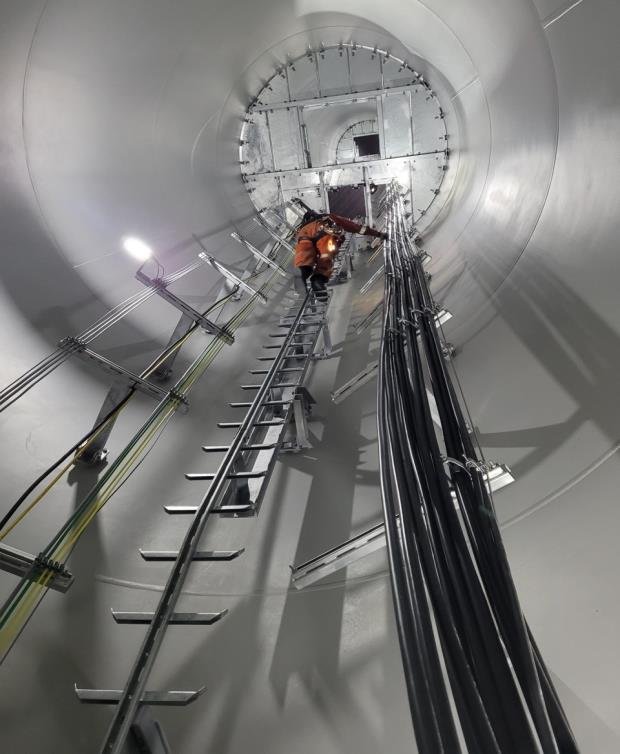
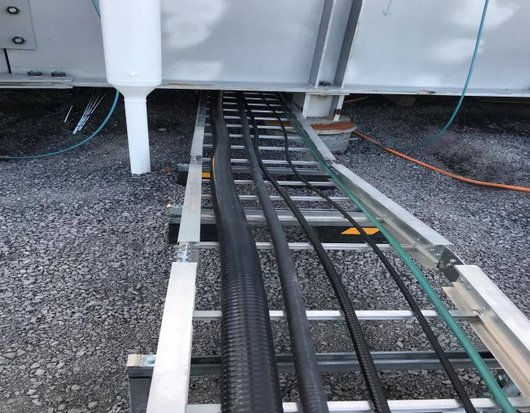
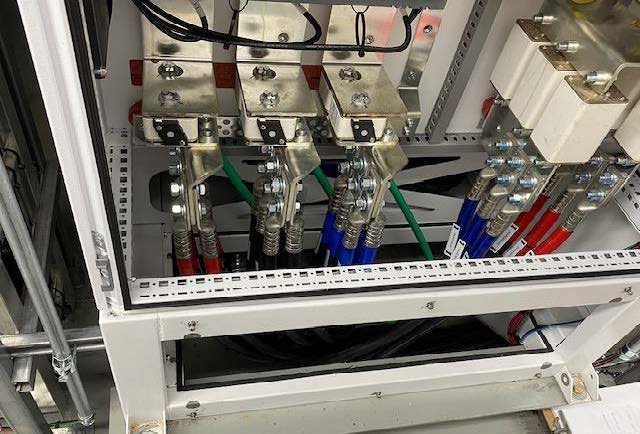
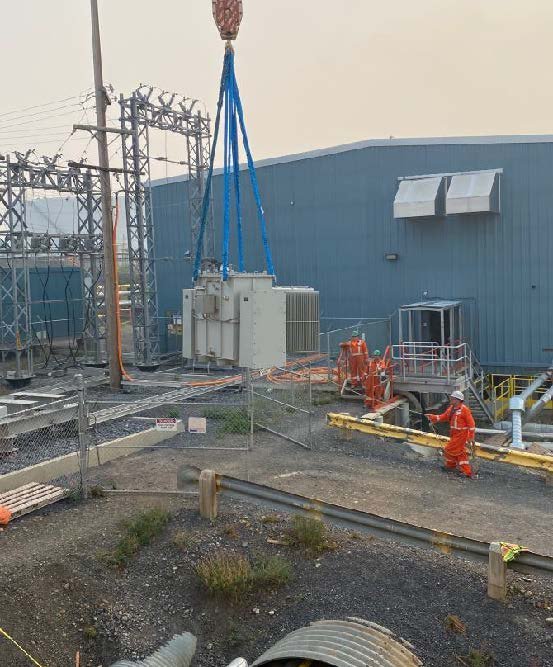

CIPEx: Rigorous Capital Investment Planning
Sophisticated capital investment planning for more accurate timelines and budgets.
Project Overview
NTPC is responsible for operating, maintaining, and building a number of critical infrastructure assets that our customers, communities, and economy rely on. NTPC has implemented CIPEx, a process to be more proactive in planning and managing our capital investment program.
Why It Matters
Developing long-range capital plans enhances projects by improving problem recognition, engineering, scoping, design, and review before construction, ensuring the most appropriate and cost-effective solutions are adopted.
Continuous Improvement Program: Increasing Efficiency, Saving Money
Cultivating a culture of continuous improvement and innovative thinking across our organization.
Project Overview
Approximately half of NTPC’s annual operations and maintenance costs are controllable, and we continually seek ways to reduce them through efficiency improvements and continuous optimization.
NTPC has adopted a formal Continuous Improvement (CI) program to streamline workflows, gain efficiencies, and reduce operational and project costs. By incorporating CI best practices, NTPC can continue to provide our customers with reliable electricity while implementing innovative ideas along the way. For example, NTPC is exploring how artificial intelligence can enhance our processes and streamline data collection and presentation.
Why It Matters
Electricity rates in the NWT are high, and every effort is being made to reduce controllable costs by working as efficiently as possible while maintaining safe and healthy workplaces.
Continuous improvement methodology can reduce costs, identify efficiencies, and drive innovation that supports growth, economic development, and environmental sustainability.
Cyber Security Standard: Protecting Systems and Data
Strengthening standards to keep our systems and private customer information safe.
Project Overview
NTPC is working to meet rigorous national cybersecurity standards to protect its information technology systems against malicious attacks.
Why It Matters
Electric utilities are frequently the target of computer attacks by unfriendly actors, both foreign and domestic. In 2020, NTPC experienced a ransomware attack that had a significant impact on our IT systems, although no private customer information was accessed. We are working towards the CAN/CIOSC 104:2021 REV 1:2024 standard, which will help protect our systems and strengthen the protection of private customer information.
Routine Activities
In addition to capital projects and programs, day-to-day activities performed by NTPC employees and contractors support innovation. These include:

